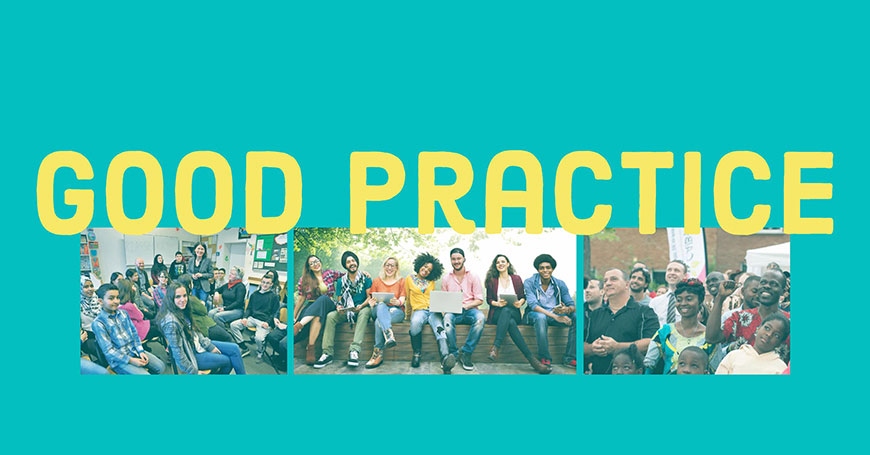Intercultural cities: good practice examples

The first step is the adoption (and implementation) of strategies that facilitate positive intercultural encounters and exchanges, and promote equal and active participation of residents and communities in the development of the city, thus responding to the needs of a diverse population. The Intercultural integration policy model is based on extensive research evidence, on a range of international legal instruments, and on the collective input of the cities member of the Intercultural Cities programme that share their good practice examples on how to better manage diversity, address possible conflicts, and benefit from the diversity advantage.
This section offers examples of intercultural approaches that facilitate the development and implementation of intercultural strategies.
Action Plan for Inclusion and Diversity
Purpose: The city council of Bergen wanted to formally adopt a public statement of its intentions as an Intercultural city. Stimulus/Rationale: The primary driver for this initiative was political...
BizFeira - Bilateral overseas business development
Purpose: An online platform - BizFeira - that enhances entrepreneurship and internationalisation through establishing links between local business owners of all backgrounds with the Portuguese...
Campus Rütli
Purpose: A segregated and failing school is transformed into a centre of educational excellence Stimulus/Rationale: The Rütli school had become notorious all over Germany in 2006, when the...


